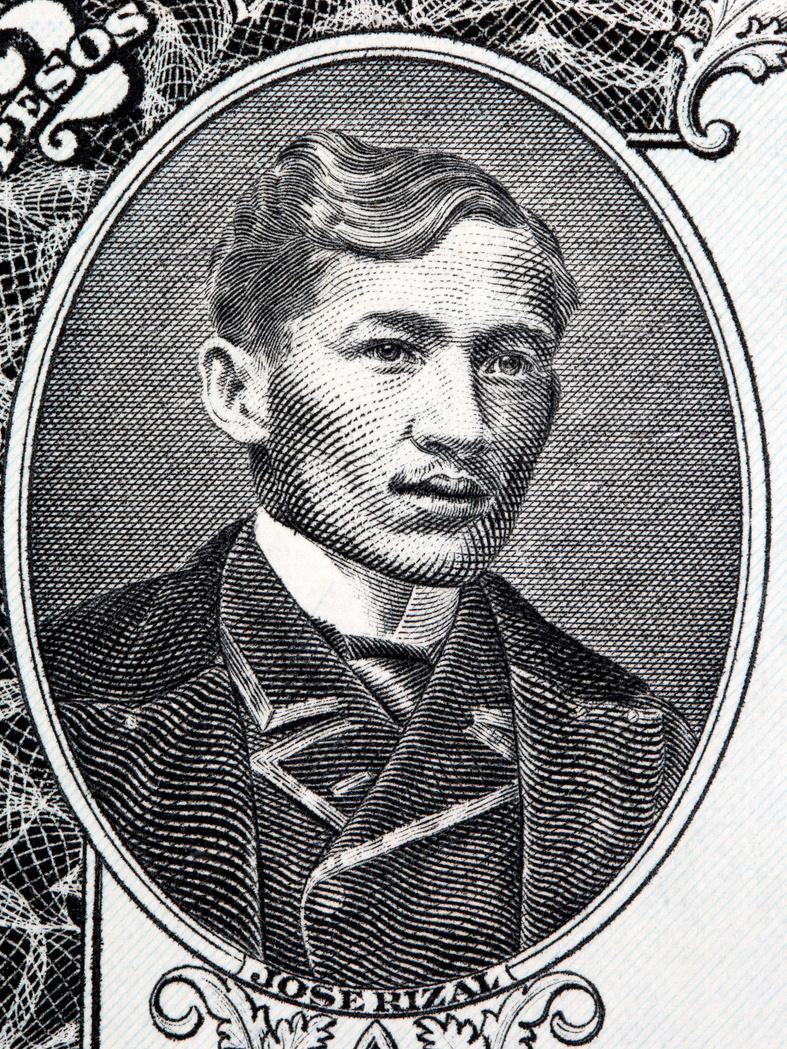
GEC 3109
THE LIFE AND WORKS OF RIZAL
(E- PORTFOLIO)

Beatrix Bettina Rose C. Simbulan
BSAET 3-2
Get to know me - (DIGITAL MEDIA)
Activities and Outputs:
Prelim
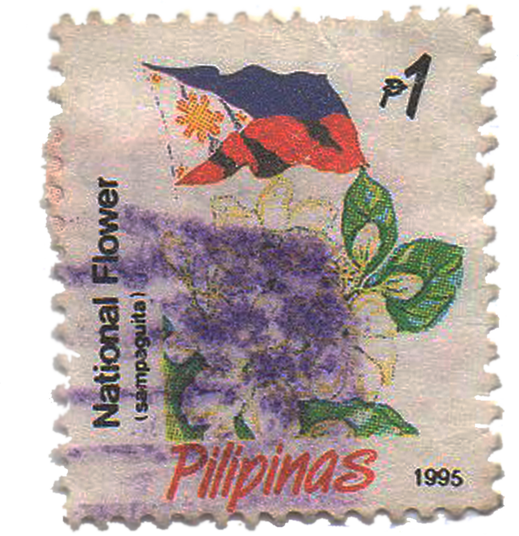
Midterms
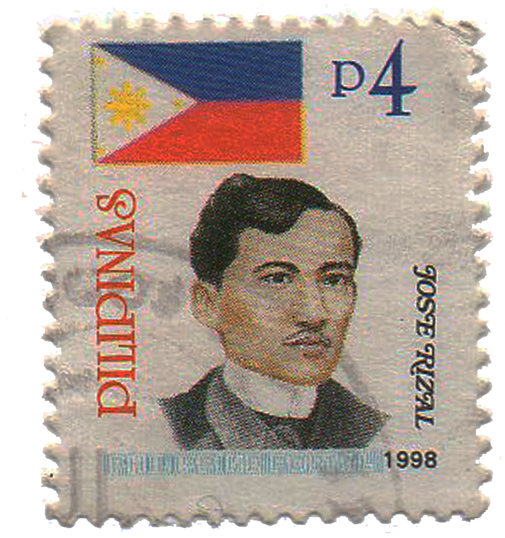
Finals
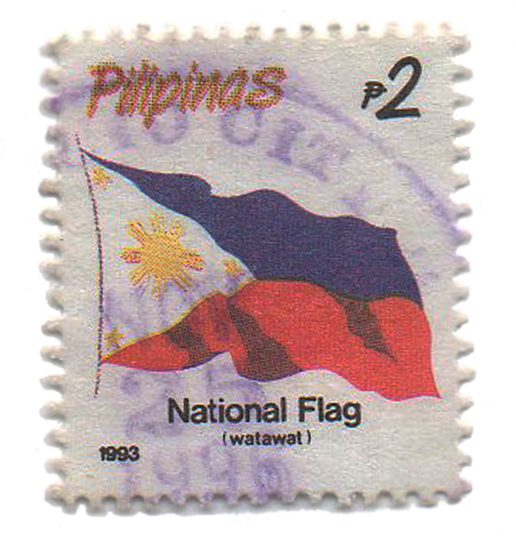

"Ang hindi marunong lumingon sa pinangalimngan ay hindi makakarating sa paroroonan."
-Dr. Jose P. Rizal
Worksheet No. 1:
1. What is history and what are the sources of History?
- History is the study of past events, and its sources include written and oral histories, archaeological discoveries and relics, as well as historical documents and works of art. It also deals with the origin and fall of civilizations, the evolution of society, and the daily interactions between individuals. A variety of techniques are used by historians to gather their data. The majority of the time, they may locate written accounts in books or other records that were kept by persons who lived in particular times. To learn more about the past, historians often consult written and oral history. When analyzing ancient civilizations, archaeologists frequently gather artifacts such as pottery shards and bone fragments from the places where people formerly lived and analyze them to learn more about how their lives were run. To create a complete picture of what transpired within a certain time period, several sources are combined. To write about a historical figure and what happened to them, historians search for primary historical materials. Additionally, they draw on secondary historical materials like books that have already been published or essays that have been written by others on the same topic as their own. History is the study of historical occurrences. History is a description of the individuals, locations, and occasions that have influenced human civilisation across time.
3. Explain why the RA # 1425 never mention Rizal as the “national hero”. What are your thoughts?
- In my opinion, Rizal was a Filipino first and a writer second, which is why RA # 1425 never refers to him as the "national hero." Since Rizal did not desire publicity, I doubt that he would have approved of the government's decision to have a statue of him placed in prominent locations across the nation. He was a man who lived by his own convictions, so I don't believe he would have approved of having his image used for commercials or other activities where it would be seen by a large audience. Rizal's exclusion from this declaration also appears to be a minor error. He had been active in politics since 1905 and had even run for president in 1907 (who later became President) before being assassinated by Gregorio del Pilar on September 19, 1896. I think Rizal's name might have been included in this declaration if he had lived longer.
Activity No. 1
Magellan's cross
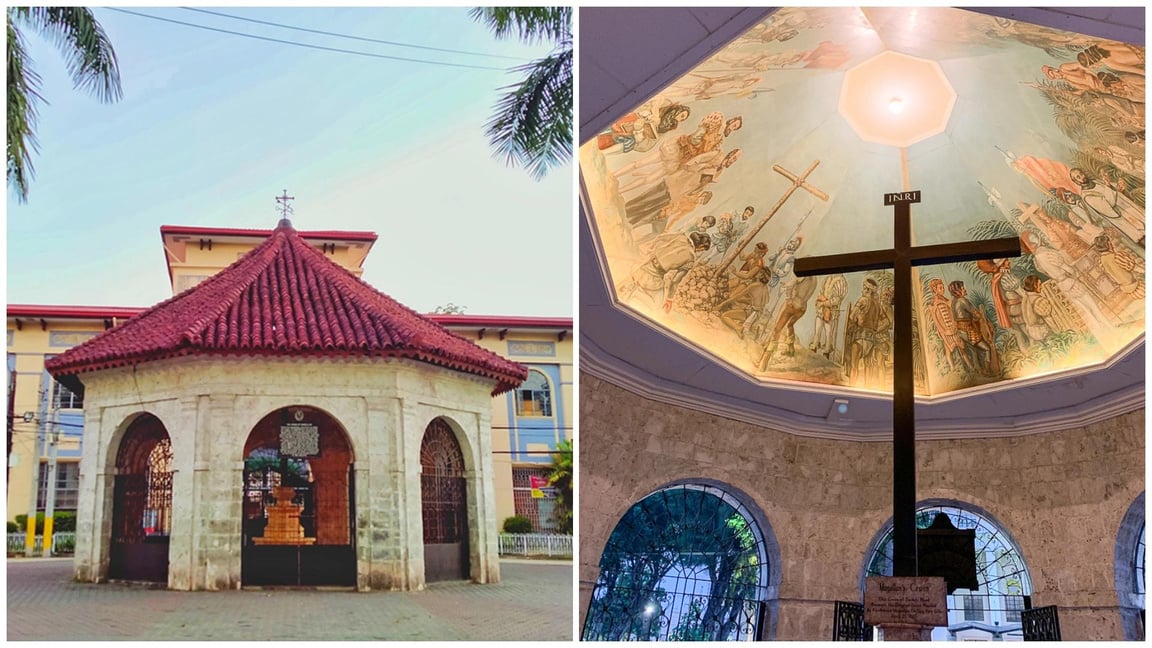
Magellan's Cross is a Spanish-era landmark located close to Basilica del Santo Nio. When Portuguese and Spanish explorers under Ferdinand Magellan arrived in Cebu in 1521, they built this Christian cross. In fact, you can see fresco paintings of this event on the chapel ceiling if you look up. The crucifix you'll see there is simply a copy of the actual thing. Actually, the original one is concealed within to guard against damage.
who planted the cross in cebu?
Magellan planted a cross to signify this important event about the propagation of the Roman Catholic faith in what is now Cebu, in central Philippines. People allegedly began chipping away at the original cross because they thought it had amazing healing properties, so it was encased in another wooden cross for protection.
What does the cross symbolize?
The cross represents a successful encounter between Western Catholicism and Filipino culture for the Archdiocese of Manila, according to the website: "It is a symbol of the encounter of faith between Western missionaries and their own culture and life, which produced the colorful and vibrant faith of the Filipinos and which today has become our contribution to the universal Church."
when was magellan's cross built?
Planted in April 21, 1521 by Ferdinand Magellan, this marks the spot where the first Christian Filipinos, Rajah Humabon and Queen Juana and about 400 followers were baptized by built Fr. Pedro Valderama.
Where is the original magellan's cross?
It is situated in a small chapel that can be found in front of Cebu's current city hall on Magallanes Street (named in honor of Magellan). According to the etched plaque at the base of Cross ni Magellan, the wooden cross that is on exhibit contains the original crucifix that was placed in 1521.
WHY IS MAGELLAN'S CROSS FAMOUS?
It is well known because the location symbolizes the beginning of Christianity in Cebu through a historical emblem. The huge wooden Christian cross known as Magellan's Cross commemorates Ferdinand Magellan's estimated 500-year-old landing on the island of Sugbu (now Cebu). On a journey to find the Molucca spice islands for the King of Spain, he and his crew were the first Europeans to arrive in the Philippines.
how old is the magellan's cross?
The Portuguese adventurer Ferdinand Magellan first set foot in Cebu in 1521, which is when the Magellan Cross originated.
Worksheet No. 2:
1. What was the 19th century and how this period moulded Rizal nationalism?
- The 19th century was a significant era in the history of the Philippines and influenced Rizal nationalism. The Spanish-American War of 1898, which saw the United States occupy the Philippines, served as a defining event of this time period. A more structured relationship between the US and the Philippines resulted from this battle, which also assisted in establishing US dominance over Philippine affairs. In order to avoid being colonized by Spain's monarchy during this time, Filipino rebels who had fought against Spanish control during the Philippine Revolution aspired to found their own nation. On January 23, 1899, the Malolos Constitution was adopted, establishing a republican system of government for the nation. These occurrences led to the development of Rizal nationalism; he produced poems about freedom and independence, denounced Spanish colonial policies in his novels "Noli Me Tangere" and "El Filibusterismo," and orchestrated a revolt against the Spanish in 1896–1897.
2. Explain the concept of “Hispanization” in your own words.
- The process through which a person from one culture adopts aspects of a different culture is what I mean when I use the term "Hispanization," in my opinion. The most prevalent instances of this are when people from Spain embrace aspects of Mexican culture or when people from Japan adopt aspects of Korean culture. In some circumstances, alterations brought about by hispanicization might be advantageous. For example, a Spanish speaker who moves to Mexico and learns to speak Spanish might discover that they now appreciate the cuisine more than they did previously. Hispanicization can occasionally have negative effects, though. For instance, if a Japanese immigrant to Korea tries to speak Korean at home with family members who don't speak Japanese, it can lead to conflict. Those involved in the procedure may experience emotions of loneliness or even sadness as a result of this.
3. Explain why 19 th century was known as the Age of Enlightenment?
- Due to its significant intellectual advancement and growth, the 19th century was called the "Age of Enlightenment." People were starting to reexamine conventional beliefs and practices at this time, both in Europe and throughout the rest of the world, and to consider fresh perspectives on how to live their lives. Looking for novel approaches to philosophy, politics, economics, politics, science, and other topics was a characteristic of the Age of Enlightenment.
Activity No. 2 - (Group Report)